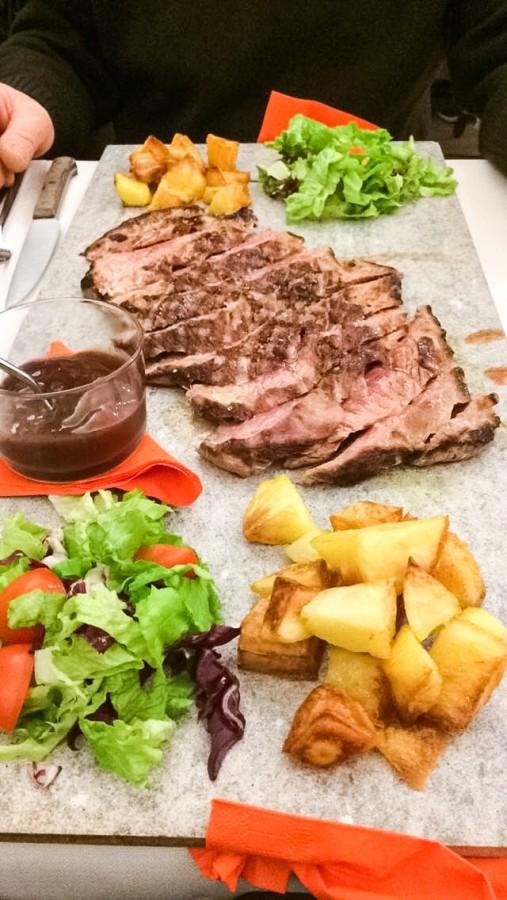Traditional Italian food exposed
Wakefield HS is fortunate to have Francesca Scarrone who hails from Casale Monferrato, AL. In the following review, she advises American foodies on true Italian cuisine.
The arrival of immigrants from south Italy in the late 19th and 20th century shaped and formed Italian food and its place in American culture. They tried to recreate the dishes they used to eat, but by using local ingredients, new recipes were created. The dishes were inspired by the Italian tradition but the result wasn’t the same; many years of experimentation and changes formed the Italian-American cuisine.
In America, there are some dishes that will certainly be on the menu at any Italian restaurant that would never be on one in Italy. Spaghetti and meatballs is probably the most famous Italian dish outside Italy, yet hardly are they ever found on the same dish in the Boot. The main reason is the way food is served. Spaghetti and meatballs will never be all on one dish but they will be divided in several courses that follow a traditional order.
In a typical Italian meal, the first dish that is brought on the table is the appetizer. In an Italian-American restaurant, dipping bread in oil is a choice that can not be beat, but this appetizer is not an Italian tradition. In Italy, it is easier to find “bruschetta” which consists of slices of toasted bread with olive oil, salt, diced tomatoes, and cheese.
The first course follows the appetizer. This includes every plate that has as a main ingredient, either pasta or rice. There are several options to choose from, and in contrast of what is expected by Americans, only one or two sauces will be tomato-based. Fish is easier to find with rice and pasta than with meat and there is one thing that an Italian would never do, it is put cheese on fish. This is an important custom in the Italian tradition and when they see someone from a foreign country doing it, they can not help but shake their heads in disapproval.
The following course offers fish or meat. Based on the location, the menu can vary considerably. A typical dish in Tuscany is “Fiorentina,” a huge thick T-bone to be shared by two or three people, whereas in the southern part of the peninsula, a mix of fried fish would be more common.
This course is usually served with grilled or roasted vegetables, a salad or occasionally french fries. Do not expect Italian dressing on the side. Italians like to use olive oil, vinegar, salt, and pepper; these are left on the table for everyone to dress their food as they please.
The meal continues with desserts, fruit, or coffee. Depending on the restaurant, the choices could vary, but homemade desserts are always suggested. Fruit is rarely out of season and it often complements desserts.
Coffee is a crucial part of Italian life. There are several rules that everybody habitually follows. The most important one is that a cappuccino can not be drank after breakfast and especially never after a meal. As a conclusion to a meal, an espresso would be the best choice.
An exception to the multi-course meal is pizza–that is considered a meal by itself. The are countless varieties of pizza and it differs based on the location. In the north of Italy, the crust is thin and easy to fold, while in the south it is thick, but the cheese used on pizza is usually mozzarella.
As a consequence of the types of ingredients used, the food in Italy always has a better and more natural taste compared to the Italian-American style, and this can not be understood until it is tried.













